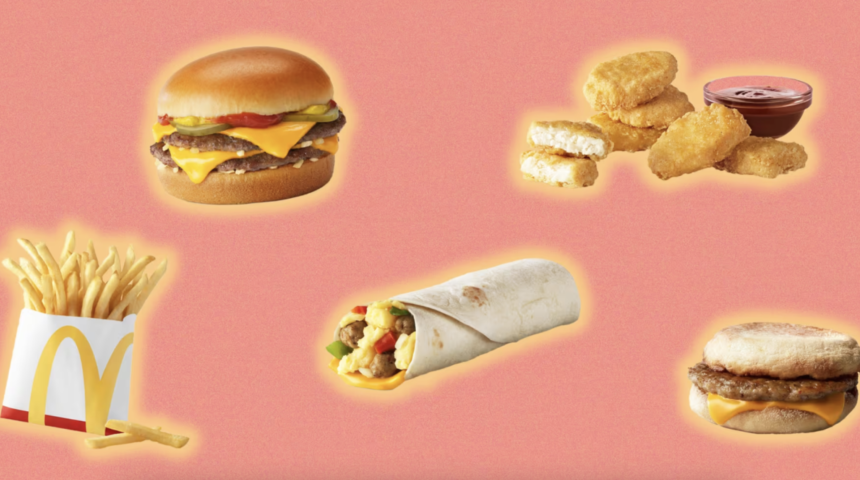A day does not go by without a brand reference to value. In an uncertain environment, brands are particularly laser-focused on delivering value. Brand leaders say offering value is their strategic priority. Brands do need customer-perceived value for enduring profitable growth. But three brand-self-inflicted problems prevent customers from perceiving and receiving brand value.
- One is the obsession with generating shareholder value rather than customer value.
- Second is the belief that value is the same as price.
- Third is that brand executives tend to see brand value and brand experience as different.
Connecting these three problems are the business-school-taught misconceptions that A) marketers, in all their wisdom, create value. This is not true. Marketers set price. Customers see value. And B) there is a cohort of people who seek value, i.e., value-seeking customers. Again, this is false. Everyone seeks value. People do not wake up in the morning and say they want to buy a product of poor value. The Honda buyer seeks value, and so does the Mercedes buyer.
This article is part of Branding Strategy Insider’s newsletter. You can sign up here to get thought pieces like this sent to your inbox.
First, let’s explore value creation, which means shareholder value. Here is an example.
Dollar Tree is selling its Family Dollar brand to two equity firms, Brigade Capital Management and Macellum Capital Management, for roughly $1 billion. (Note: Dollar Tree spent $9 billion to acquire Family Dollar.)
Dollar Tree wants to sell Family Dollar so Dollar Tree can be more focused and more profitable. The Dollar Tree CEO calls the sale of Family Dollar an expansion and a way for “value maximization.” Value maximization is another term for value creation. Yet, value creation is not always a benefit for the average consumer.
Whatever company you work in around the world, you will hear the phrase “value creation.” Top management talks about value creation all the time. Unfortunately, when you say value creation, management hears increased shareholder value. Try it in your company. Try it in your organization. By value creation, “we mean…” and then complete the sentence. “By value creation, we mean increasing shareholder value.”
Well, that is wrong. That is not value creation. You cannot create sustainable value for your shareholders until you create enduring value for your customers. End of discussion. And yet, the first priority seems to be delivering value to shareholders.
All cash flow only has one source. One source. That one source is some customer exchanging money for what you offer. There is no other source of cash flow. For sustainable increase in shareholder value, create enduring customer value. No company can create sustainable value for its shareholders without creating enduring value for its customers.
The $1 billion for the Family Dollar sale might add debt to the brand. The strategic plan that the money managers have for Family Dollar may potentially require the sale of real estate or cost-cutting. How do these tactics help the strapped customer who shops at Family Dollar? Cost-cutting and other financial engineering can have adverse brand effects as value will be maximized, but sometimes not for the customer.
Second, value and price are not the same. Price is a cost. Value is the relationship of that cost to what the brand delivers. Specifically, brand value is the total brand experience relative to total brand costs multiplied by trust.
Total brand experience is a combination of 1) functional, emotional, expirential benefits, 2) the brand’s personality and 3) reflections of its core customers’ values.
Total costs are a combination of 1) money, 2) time, and 3) effort. Cost is not price alone. Cost includes time and effort.
A brand can be amazingly affordable but requires a significant amount of time to choose and use. It may also be easy to use and choose and affordable but require effort—mental or physical—leading to frustration, guilt, unhappiness, and decision-making quandaries.
By equating price and value, brands create value promotions. Value promotions are okay in theory. But, as a continuing syndrome, value promotions hurt brands. Why? When a brand focuses on singular promotions as the “value,” then the rest of the brand’s offerings tend to be perceived as “not value.”
For example, McDonald’s, where there is a lot of buzz about value promotions. McDonald’s’ continuing promotions signal that the value in the McDonald’s brand resides in individual items when, in fact, the whole menu needs to be perceived as a “value menu”. A menu item strategy is not a value strategy. Just having some “value items” is not true value. The goal must be to make value a branded “signature” – to have branded value.
Worse yet, constant promotions attract deal-oriented customers who follow deals the way storm chasers follow tornadoes. Restaurant Business just wrote that McDonald’s recent McValue menu appeals to regular customers who are looking for promotions, but does not attract new customers. The Restaurant Business data from third-party research is actually quite frightening.
Here is what Restaurant Business wrote:
“McDonald’s launched its McValue menu in January amid a push to reclaim inflation-weary consumers. Fans are loving it, and it has driven in some incremental visits, at least according to a report Tuesday by (research company) Numerator. But, the value-focused menu doesn’t seem to be driving in new customers.
“The McValue menu expanded on the quick-service chain’s already popular $5 Meal Deals with Buy One, Add One offers for $1, and various app exclusives. The Numerator report, which surveyed about 400 verified McValue menu purchasers across the country, found that total household penetration for McDonald’s value offers peaked at the end of September, long before the McValue launch, and has steadily declined since.
“Not surprisingly, about 42% of respondents said they ordered from the McValue menu because it offered a low-priced deal. But, the majority of households (90%-plus) were already loyal to McDonald’s before the Meal Deal and McValue menus launched.”
(Please note that the reported research data indicate that respondents bought because of the deal, not because of the food. As a restaurant, this should be a scary insight.)
Price alone is a cost, but a number of elements drive customers to or away from McDonald’s.
This brings us to the third value problem that brand executives seem to ignore or not solve. Value and experience are not separate entities. Brand executives talk about value as price. At the same time, they differentiate value and brand experience as two separate areas for strategies and tactics.
Recently, Darden, owner of beloved Olive Garden, stated that the Olive Garden brand is all about value and the experience. The problem is that value is not just affordable prices. Brand value comes from customer-perceived delivery of the brand experience relative to the customer-perceived cost of that delivery.
Olive Garden has a promotion now called Buy One, Take One for $14.99. Come into the restaurant and have a meal and we will give you a meal to take home. The customer chooses an entrée from a list of seven dishes, four of which cost more than $14.99 ($22.99) and you choose a salad or soup. You do receive breadsticks. Then, you can take home one of three specified entrees, not just any entrée you wish to take home.
There is no question that this is a “good deal.” But, what about the Olive Garden experience? What about that abbondanza feeling and conviviality you receive when dining at Olive Garden?
Starbucks understands that the total brand experience is absolutely critical when it comes to the Starbucks brand value. By focusing on the Starbucks experience, the “numerator” of our mental value equation grows relative to costs, which are the denominator. The larger the numerator relative to the denominator, the better the outcome. Starbucks is saying, “Yes, you can buy our coffee in the grocery store. Yes, you can take our coffee to your destination. But stay a while in our coffee shops with the aromas, warmth, and friendliness of coffee devotees and connoisseurs. Use a ceramic cup. Have a refill for free.”
It does not matter whether we face an economic crisis. This is a truth every day: The best value wins. Value is a virtue. Brands must face the fact that value is not something they just wake up one day and decide to be: it is necessary to develop a strategy for customer-perceived value. It is necessary to face the facts that there are significant problems in the ways in which brands understand and deliver value.
Value is a strategy, not a calendar of tactics. Build value into the brand rather than tack value onto the brand.
Along with all of the discussions about employees, products and services, innovation and renovation, positioning, media and marketing, brands have to strategize value in order to achieve enduring profitable growth.
Contributed to Branding Strategy Insider by: Joan Kiddon, Partner, The Blake Project, Author of The Paradox Planet: Creating Brand Experiences For The Age Of I
At The Blake Project, we help clients worldwide, in all stages of development, create meaningful differences that increase value and underpin competitive advantage. Please email us to learn how we can help you compete differently.
Branding Strategy Insider is a service of The Blake Project: A strategic brand consultancy specializing in Brand Research, Brand Strategy, Brand Growth, and Brand Education
Post Views: 25










